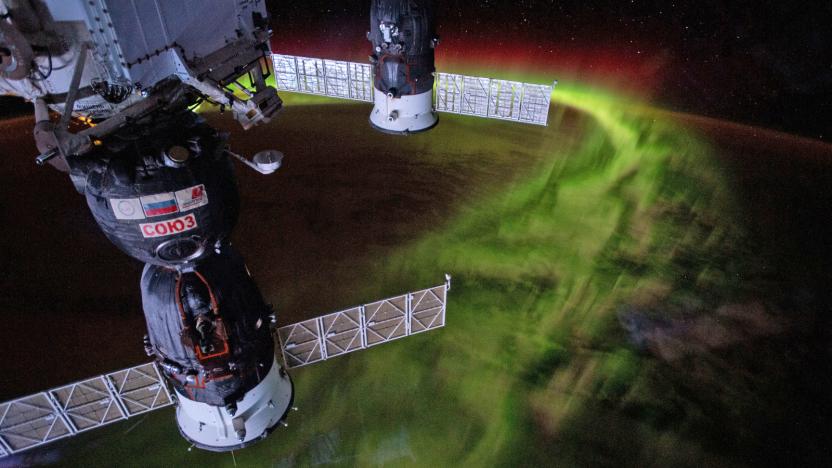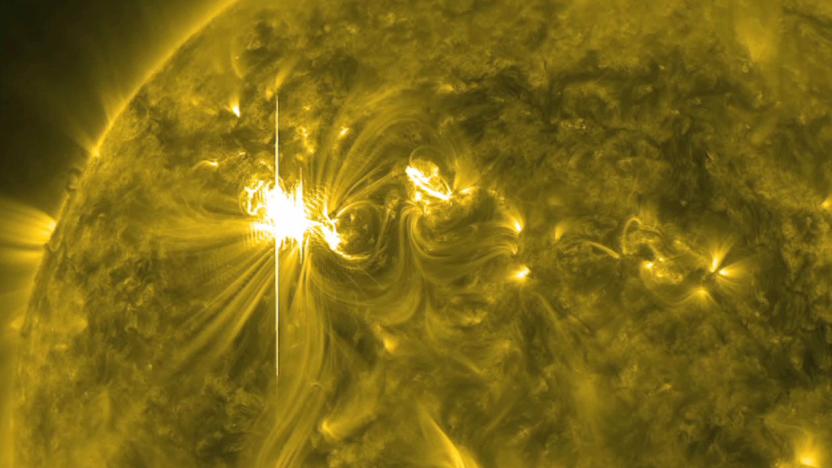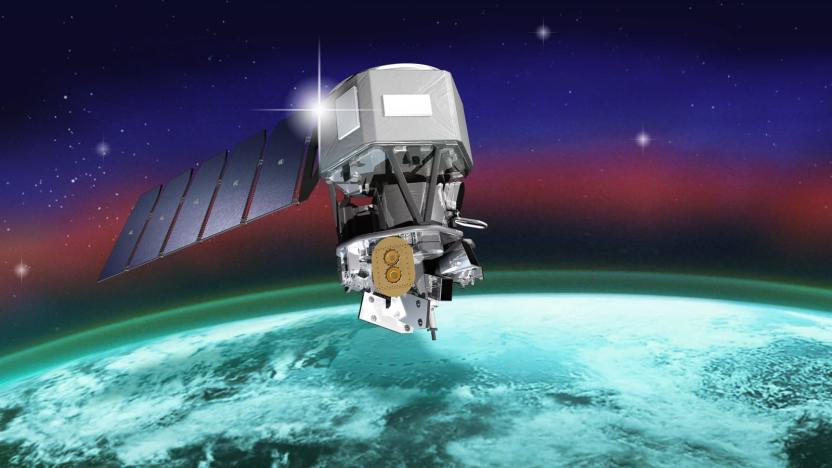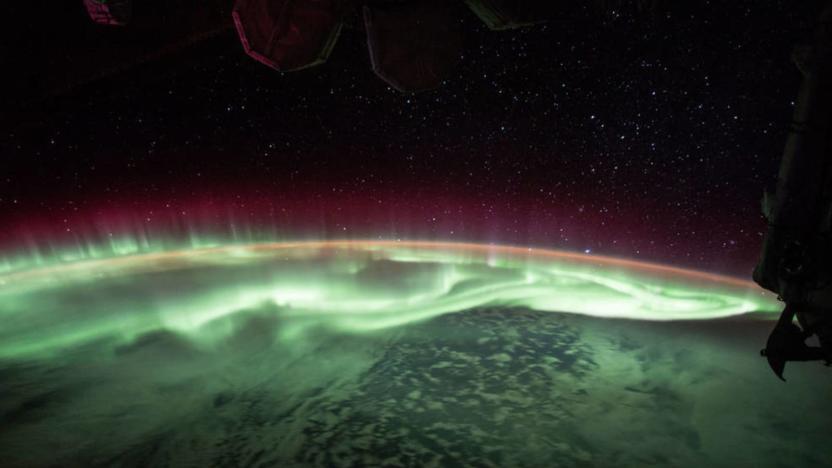space weather
Latest

NASA approves two missions to better understand space weather
NASA will take part in two heliophysics missions that could give us the data needed to better understand solar winds and explosions, or space weather as a whole.

Newly signed law aims to limit the damage from space weather
A newly signed law, the PROSWIFT Act, will help predict and limit the damage from solar flares and other space weather.

NASA's ICON launches to study the boundary between Earth and space
NASA's Ionospheric Connection Explorer or ICON spacecraft is finally in orbit after years of delays and postponed launches. A Northrop Grumman aircraft carried ICON, which was strapped to a Northrop Grumman Pegasus XL rocket, to an altitude of 39,000 feet. At 9:59 PM EDT on October 10th, the carrier plane dropped the fridge-sized spacecraft, which has since deployed its solar panels. That means it has power, and it's all systems go for the long-delayed mission.

NASA ramps up its efforts to understand space weather
This week, NASA selected three proposals for missions that could help us better understand the Sun-driven space weather that occurs near Earth. Space weather, like solar flares, can impact spacecraft and astronauts, and it has the potential to disable utility grids on the ground. As NASA prepares to send more astronauts to space and we become increasingly reliant on technology, the need to protect both has become more pressing.

'Extreme' class solar flare heading toward Earth, hopefully bringing nothing but auroras
Yesterday, a solar flare set off from the sun, launching a coronal mass ejection (CME) heading toward Earth, and it's set to make an appearance in our fair skies this Saturday. While the wave of charged particles headed our way is much weaker than the most powerful solar flares (like the X28+ gust from 2003), it ranks in the extreme (X) class, and it's already caused a wave of UV radiation that interfered with radio signals, not to mention an uptake in solar protons swarming around Earth. According to SpaceWeather.com, the flare could cause some geomagnetic storms, which could endanger satellites and astronauts in space in addition to possibly interfering with communication signals. That (relatively minor) risk aside, those of you living up north could be in for a pretty sweet light show, so check the skies for the aurora borealis.



